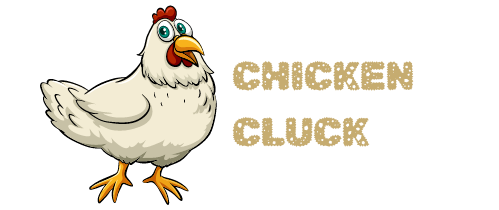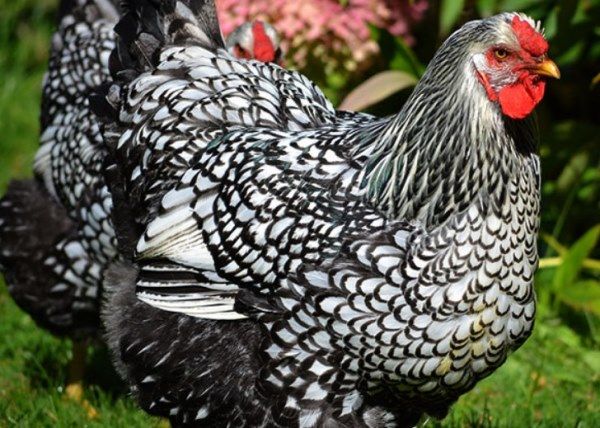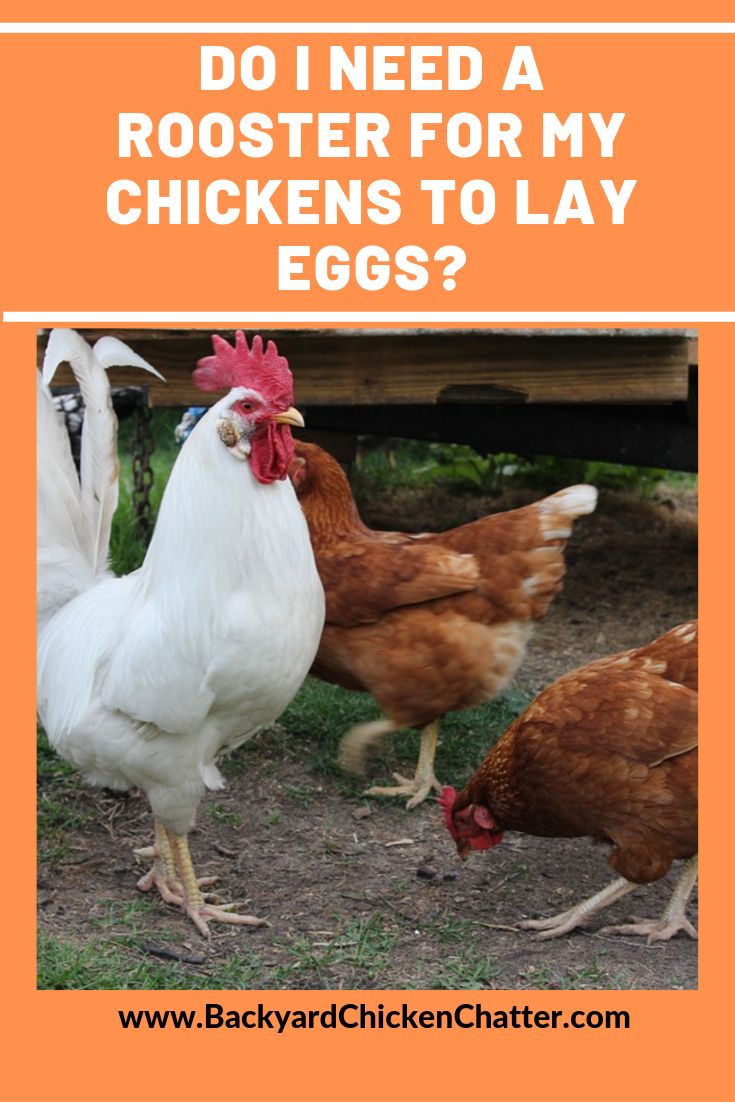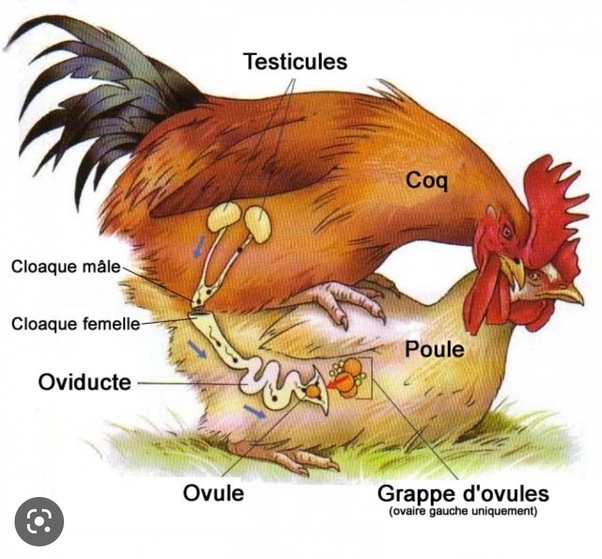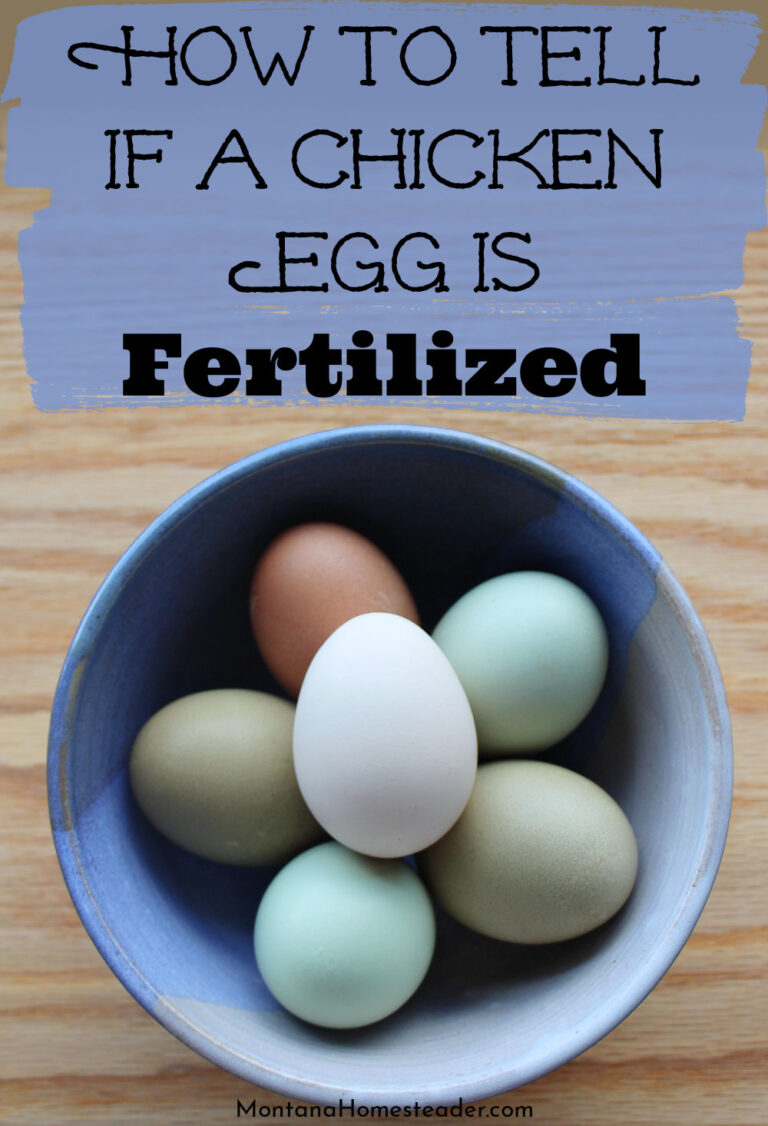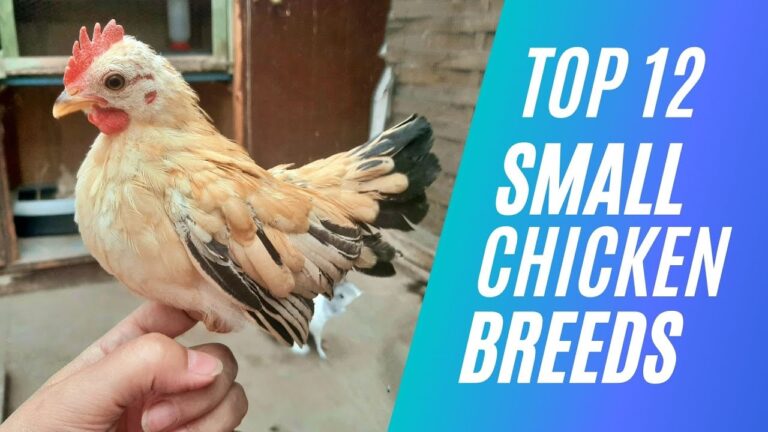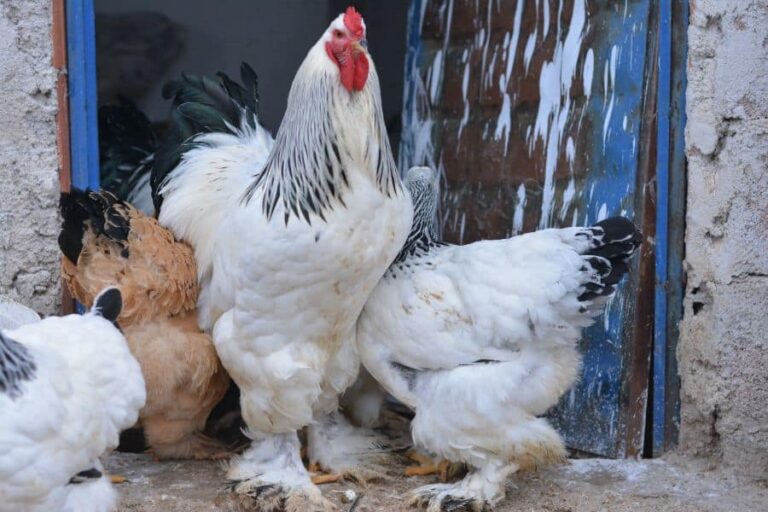Black and white rooster breeds include the Barred Plymouth Rock and the Dominique. These breeds are recognized for their contrasting plumage.
Rooster enthusiasts and backyard poultry farmers often choose black and white rooster breeds for their striking appearance and hardiness. The Barred Plymouth Rock, with its characteristic broad black and white stripes, is not only a visual standout but also a reliable layer of brown eggs.
Meanwhile, the Dominique, with a more subtle feather pattern, lays a similar egg and is noted for its cold resistance. Both breeds have a calm demeanor, making them excellent choices for a family flock. Their distinctive plumage isn’t just for show; it serves as camouflage from predators. These birds are a testament to the diversity available in poultry and offer something for everyone, from the novice to the seasoned breeder.
The Allure Of Black And White Roosters
The allure of black and white roosters never fails to captivate poultry enthusiasts. Their stark contrasting feathers create a visual impact unmatched by other breeds. These birds don’t just bring aesthetic pleasure but also enrich our understanding of genetics and hold deep cultural significance.
Symbolism And Significance
Black and white roosters are rich in symbolism. They often embody the duality of light and dark, representing balance and unity in many cultures.
- Good fortune: In some traditions, these roosters symbolize luck and prosperity.
- Morning calls: Their crowing heralds the break of dawn, signifying new beginnings.
- Protectors: With a proud stance, they are seen as guardians against evil spirits.
Color Pattern And Genetics
The stark color pattern of black and white in roosters is a fascinating study in genetics.
| Pattern Name | Description | Genetic Basis |
|---|---|---|
| Barred | Alternating stripes of black and white | Caused by the ‘Barring’ gene (B) |
| Spangled | White spots on a black base | Result of ‘Spangle’ gene (S) |
| Checker | Mixed black and white feathers | Various genes interact for this pattern |
Their feathers are more than just coverings; they are windows into complex genetic codes that inform breeding practices.
Popular Black And White Rooster Breeds
The charm of black and white rooster breeds often captures the heart of poultry enthusiasts. These birds not only exhibit striking plumage but also bring robustness and variety to any flock. Let’s delve into some popular breeds that showcase these classic colors.
Plymouth Rock
The Plymouth Rock rooster stands out with its barred black and white feathers. This breed is known for its friendly nature and good egg production. Plymouth Rocks are hearty birds that adapt well to different environments, making them ideal for new and experienced farmers alike.
Dominique
Dominique roosters boast a classic American heritage. They wear a distinctive ‘cuckoo’ pattern different from the Plymouth Rock. Known for their calm demeanor and hardiness, these birds flourish in both free-range and confined spaces. They add a historic charm to any homestead.
Barred Rock
The Barred Rock is often confused with the Plymouth Rock due to their similar appearance. However, this breed is recognized for its darker bars and bold contrast. They are reliable layers and bring a dynamic energy to any chicken coop with their active personalities.
Each breed offers something unique to poultry lovers, combining the striking black and white pattern with various beneficial traits.
Physical Characteristics
Dive into the striking world of black and white rooster breeds! These birds boast a unique elegance. Their distinct physical traits make them stand out in the barnyard. Let’s explore their feather patterns, comb types, and body size and shape.
Feather Patterns
Feather patterns are like nature’s art on black and white roosters. Breeds such as the Plymouth Rock or the Dominique exhibit barred feathers. This means they have alternating black and white stripes. The Lakenvelder shows off a striking black and white contrast, with a solid black neck and tail. Their midsection is a pure white. Some breeds have spotted or mottled feathers. Every bird looks like a masterpiece.
Comb Types
- Single Comb: Tall, upright, and with evenly spaced points.
- Rose Comb: Flat on top with small, rounded points.
- Pea Comb: Compact, with three rows of small, rounded bumps.
- Butterfly Comb: Similar to a single comb but with a distinct split.
- Walnut Comb: A large, rounded mass resembling a walnut shell.
Combs are not just for show. They tell us about the bird’s health and breed. A firm and bright red comb is a sign of a healthy rooster.
Body Size And Shape
The body size and shape of black and white roosters can vary greatly. Some breeds, like the Bantam, are small and compact. Others, like the Jersey Giant, are large and powerful. The size and build affect how the rooster moves and acts.
| Breed | Size | Shape |
|---|---|---|
| Bantam | Small | Rounded |
| Jersey Giant | Large | Long and Broad |
These physical characteristics are vital to understanding the beauty and functionality of black and white rooster breeds. Each breed is unique in its way, adding diversity to the flock!

Credit: thriftyhomesteader.com
Behavioral Traits
Exploring the fascinating world of black and white rooster breeds reveals unique behavioral traits. These birds are more than just their striking feathers. Understanding their behavior is key to proper care. Let’s dive into the remarkable behaviors of these backyard favorites.
Temperament
Black and white rooster breeds often display a bold and assertive nature. They are known to be vigilant protectors of their flock. This characteristic makes them excellent choices for those seeking a rooster that takes its guard duties seriously. Yet, each rooster has its own individual personality, ranging from calm to more feisty.
Social Dynamics With Hens
- These roosters generally exhibit strong leadership qualities
- They maintain order and peace within the flock.
- Dominance hierarchies are common, and roosters often sit atop this pecking order.
- They are attentive mates, frequently looking out for the well-being of their hens.
Foraging And Free-ranging Habits
Black and white rooster breeds display an impressive ability to forage. Their independent nature drives them to seek food actively. When free-ranging, they can be seen leading hens to food sources, embodying their role as providers. This activity also offers mental stimulation and exercise, crucial to their overall health.
Caring For Black And White Roosters
Black and white roosters bring a unique charm to the barnyard with their striking contrasts. Keeping these feathered friends happy and healthy requires some know-how. Tailored diets, proper homes, and healthcare boost their well-being. Let’s delve into the essentials for nurturing black and white rooster breeds.
Dietary Needs
Just like athletes need the right fuel, so do your roosters. They thrive on a balanced mix of grains, greens, and proteins. Ensure the following for a robust diet:
- Grain feed: Use a quality poultry mix with corn and wheat.
- Vegetables: Offer greens like kale and spinach for vitamins.
- Protein: Include mealworms or cooked eggs for muscle health.
- Fresh water: Keep it available at all times.
Housing Essentials
Roosters need space to roam and secure shelters to rest. Proper housing prevents stress and predators. Key features of a good chicken coop are:
- Space: At least 8 square feet per bird in the coop.
- Ventilation: Good airflow prevents respiratory issues.
- Perches: Space for roosting and feeling secure at night.
- Protection: Fencing deters foxes and other predators.
Health And Wellness
Healthy roosters are active and alert. Regular checks and preventive measures are pivotal. To safeguard their health, focus on the following:
| Vaccination | Check-ups | Parasite Control |
|---|---|---|
| Follow a vet-recommended schedule. | Look for signs of sickness daily. | Use mite and lice treatments regularly. |
| Prevent common poultry diseases. | Consult a vet for any concerns. | Keep the coop clean to reduce risks. |
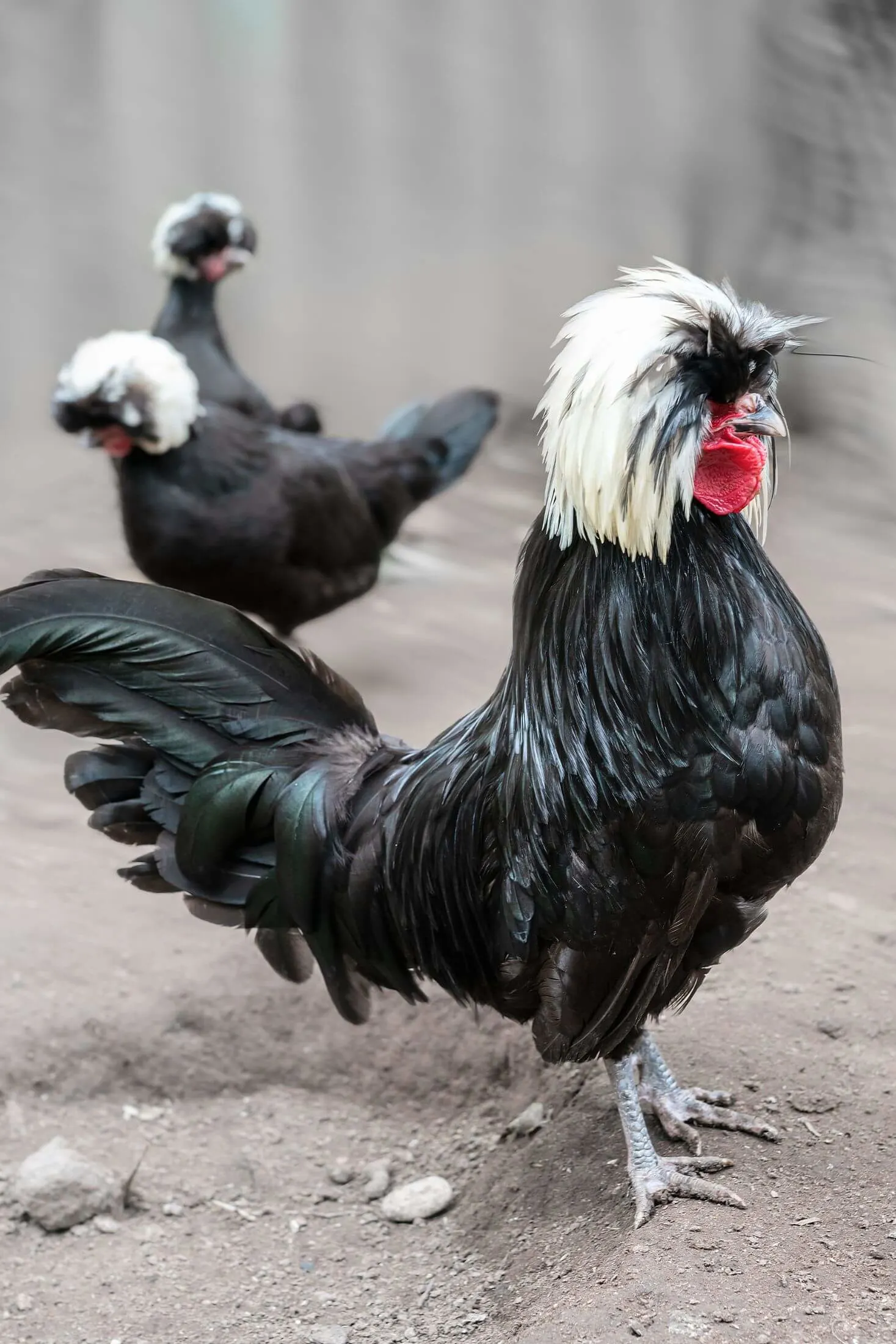
Credit: borealbloomhomestead.com
Breeding And Genetics
Welcome to the world of black and white rooster breeds, where the art of breeding meets the science of genetics. Poultry enthusiasts take great pride in understanding and mastering these aspects to produce birds of distinct patterns and health. Breeding these monochrome beauties involves more than just pairing male and female chickens. It’s an intricate dance of genes and they’re selective pairing.
Breeding Strategies
Successful breeding starts with a clear goal and strategy. These strategies ensure that the resulting chicks inherit desirable traits, including their iconic black and white plumage.
- Selection: Choose birds with the best characteristics for reproduction.
- Line Breeding: Maintain a closed line to reinforce specific traits.
- Outcrossing: Introduce new genes from another line to enhance vigor.
- Culling: Remove undesirable traits by excluding certain roosters from breeding.
Understanding Color Inheritance
The fascinating patterns of black and white in rooster feathers are the result of color inheritance. The interaction between dominant and recessive genes dictates the color outcome of the offspring.
| Gene Type | Description |
|---|---|
| Dominant | Overpowers recessive genes, often influences feather color. |
| Recessive | Hidden by dominant genes, can skip generations. |
| Sex-Linked | Tied to gender, affects color inheritance differently in males and females. |
| Autosomal | Not sex-linked, can appear in both sexes equally. |
When aiming for that perfect black and white pattern, breeders must understand the genetics driving color traits. It involves predicting the outcome of matings, based on parents’ genes.
Role In Sustainable Farming
Black and white rooster breeds play a vital role in sustainable farming practices. Aside from their striking appearance, these birds contribute to ecological balance on the farm. They offer natural solutions for pest control and enhance soil fertility. This symbiosis not only promotes a healthier environment but also reduces the need for chemical interventions. Let’s explore how these feathered allies help maintain and improve farm sustainability.
Eco-friendly Pest Control
Roosters of black and white varieties serve as nature’s pest managers. With their keen foraging skills, they hunt and consume a wide array of insects. This behavior keeps pest populations in check. Farmers can reduce their reliance on pesticides, creating a safer habitat for wildlife and a cleaner product for consumers. You’ll often find these roosters scouring the following types of pests:
- Grubs: They snack on these larvae, preventing future beetle outbreaks.
- Flies: By eating fly larvae, they help control fly populations around the farm.
- Ticks: They reduce the risk of tick-borne diseases on the farm.
Soil Fertility Improvement
Through their natural behaviors, black and white rooster breeds also boost soil health. They aerate the soil while searching for food, which improves water infiltration and root growth. Their manure is a valuable byproduct, serving as a nutrient-rich fertilizer. Roosters help maintain a fertile land that supports robust plant growth. The benefits of their scratching and pecking translate to:
- Enhanced soil structure and aeration.
- Increased organic matter from manure.
- Better water retention in the soil.
As a result, crops thrive, and farmers enjoy bountiful harvests with minimal environmental impact.

Credit: www.farmandfleet.com
Challenges And Solutions
Embracing the striking beauty of black and white rooster breeds brings joy and diversity to a flock. Yet, owning these stunning birds comes with unique challenges. It is vital to address these issues with practical solutions to ensure the well-being of these feathered friends.
Predator Protection
Keeping roosters safe from predators is a top concern for owners. Below are key measures to protect your black and white roosters:
- Secure Housing: Ensure coops are fortified with predator-proof latches and mesh.
- Nighttime Shelter: Roosters should be locked in at dusk when predators are most active.
- Guardian Animals: Dogs, geese, or llamas can deter potential threats.
Managing Aggression
Roosters can be territorial and aggressive. To manage this behavior:
- Separate Pens: Keep aggressive birds apart to reduce conflict.
- Hands-on Approach: Handling birds regularly can reduce aggression towards humans.
- Environmental Enrichment: Provide distractions like perches and dust baths to keep them occupied.
Legal Constraints
Local laws may impact rooster ownership. Consider these solutions:
| Constraint | Solution |
|---|---|
| Rooster Ban / Limits | Check ordinances before acquiring roosters; petition for changes if necessary. |
| Noise Complaints | Implement soundproofing techniques in the coop; communicate with neighbors. |
Regarding Black And White Roosters
Roosters strut with pride, their feathers a dance of black and white patterns. Various breeds boast these striking colors. People treasure these birds for their beauty and character. They are stars in barnyards across the globe. Let’s unfold their story and clear up some myths.
Myths And Misconceptions
Black and white roosters often get wrapped up in folklore. Some believe they bring good fortune. Others see them as omens. Neither is proven true. Like all animals, these roosters can’t predict luck or the future. They are just colorful creatures gracing our farms.
- Myth: These roosters can be bad luck.
- Truth: They are normal birds with no magical powers.
- Myth: Their crowing at odd times has meaning.
- Truth: Roosters crow based on their internal clock.
Cultural Representations
In culture, black and white roosters are icons. Many countries see them as signs of courage and strength. Their images appear in art and stories. They symbolize the break of dawn and the start of new beginnings.
| Country | Significance |
|---|---|
| Portugal | Honor and integrity |
| China | Honesty and punctuality |
| France | Vigilance and resilience |
Conclusion
Exploring the world of black and white rooster breeds reveals a stunning array of patterns and personalities. These captivating birds make any coop stand out. Whether you seek ornamental charm or robust egg layers, there’s a match for every poultry enthusiast.
Embrace the beauty and utility of these unique breeds in your own backyard flock.
